
Trump, DeSantis vie for evangelical vote in D.C. face-off
By Gram Slattery and James Oliphant WASHINGTON (Reuters) -Former U.S. President Donald Trump and Florida Governor Ron DeSantis made their
2023-09-16 09:22

Celtics' Jayson Tatum ejected for arguing foul call vs. Sixers
Boston Celtics star Jayson Tatum was ejected from Friday night’s game against the Philadelphia 76ers for arguing a call at the end of the third quarter
2023-12-02 11:27

Scotland still have 'work to do' after defeats, says Clarke
Steve Clarke says his Scotland team still have "work to do" as they focus on finishing their Euro 2024 qualification campaign on a...
2023-11-15 23:51

Is Jaclyn Lee quitting 'GMA'? Morning show host Robin Roberts worries that her co-host will soon 'go missing'
GMA's Jaclyn Lee got an opportunity to expand her career at the CMA Music Festival and Robin Roberts is worried that she might take it up
2023-07-20 12:21
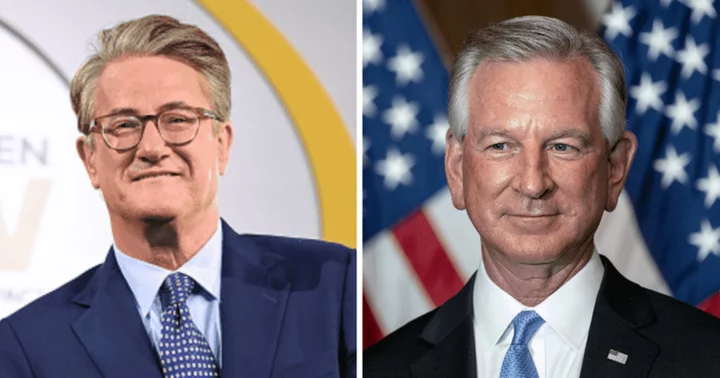
‘Morning Joe’ host Joe Scarborough labels Tommy Tuberville ‘idiot’ over Pentagon leadership remark
Joe Scarborough also mocked Senator Tommy Tuberville's career as a football coach and called him the 'rot' in his party
2023-09-08 10:59

Australia's central bank sees risks mounting in global markets, China property
SYDNEY, Oct 6 Australia's economy is well placed to weather strains in global financial markets, though the risks
2023-10-06 08:49
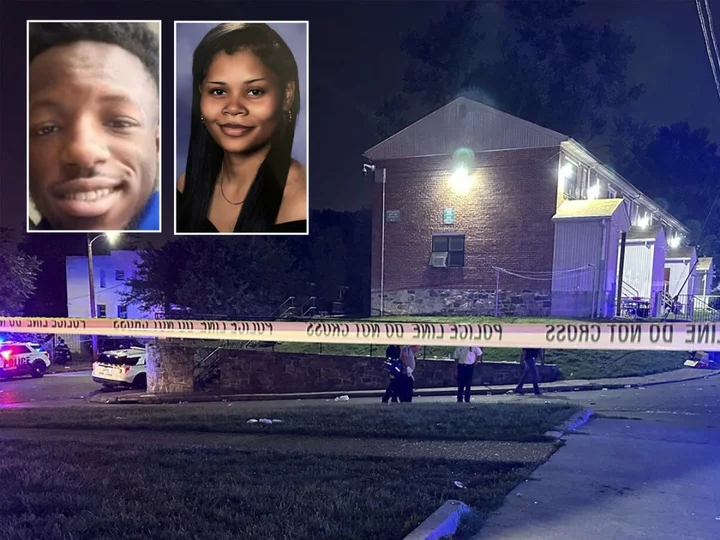
Two killed, 28 injured and manhunt on for gunmen: How a Baltimore block party turned into a bloodbath
A fun, neighbourhood block party turned into a horrific bloodbath over July 4 weekend when at least two shooters opened fire on partygoers, killing two people and wounding 28 others. The mass shooting unfolded in the Brooklyn Homes area of South Baltimore, Maryland, in the early hours of Sunday morning as hundreds gathered for the annual community celebration. Kylis Fagbemi, 20, and Aaliyah Gonzalez, 18, died in the attack. Now, more than 24 hours on, the shooters are still at large. Here’s what we know so far: The shooting At around 12.35am on Sunday morning, Baltimore police received multiple calls reporting a shooting on the 800 block of Gretna Court. Officers responded to the scene, where the community had been holding its annual Brooklyn Day block party, to find 30 victims suffering from gunshot wounds. One female victim was pronounced dead on the scene while nine victims were rushed to local hospitals and 20 walked into area hospitals across the region. One male victim died at the hospital from his injuries. Among the 28 victims who survived, three were in critical condition and 14 were minors. The non-fatal female victims injured were one 13-year-old, one 14-year-old, two 15-year-olds, three 16-year-olds, two 17-year-olds, two 18-year-olds, three 19-year-olds, one 20-year-old, one 23-year-old and one 32-year-old. The non-fatal male victims injured were one 13-year-old, one 15-year-old, two 16-year-old, two 17-year-olds, three 18-year-olds, one 22-year-old and one 31-year-old. Witnesses revealed how they initially mistook the gunfire for fireworks going off. “The shots were just going on and on and on,” Lakell Nelson, 54, told the Baltimore Sun. But, reality set in when two women told her they had been shot. “I kinda didn’t believe them at first because they were walking up the street. I said, ‘Show me,’ and the girl was like, ‘I was shot in my butt,” she said. “When she turned around, I saw the hole through her shorts.” Ms Nelson said she drove the two women to a local hospital. The victims On Sunday afternoon, police identified the two victims killed in the attack. Aaliyah Gonzalez, 18, was shot and killed on the scene. Kylis Fagbemi, 20, was rushed to hospital where he succumbed to his injuries. Gonzalez’s heartbroken mother paid tribute to her daughter in a Facebook post, sharing photos of her recent high school graduation. “MY BABY!!! Worst day of my life! I cannot do life without her. I NEED HER!!,” she wrote. “Why would they do this to a perfect angel. I love you so much baby. I didn’t get there fast enough. God this is a mistake!!! Please!!” In a follow-up post, she added: “I always said, ‘No matter how much I say I love you, I love you more than that.’” The shooters Baltimore Police said that they believe there was at least two shooters in the attack. Acting Baltimore Police Commissioner Richard Worley told Fox Baltimore on Sunday afternoon: “We know for sure there are more than one. We don’t know how many.” As of Monday morning, the suspects’ identities remain unknown and no arrests had been made. Mayor Brandon Scott described the actions of the soooters as “cowardly” and urged people to come forward with information. “This was a reckless, cowardly act that happened here and that has permanently altered many lives and cost two people their lives,” he said in a press conference on Sunday. “I want those who are responsible to hear me, and hear me very clearly.” Speaking to the perpetrators, he said: “We will not stop until we find you, and we will find you. Until then, I hope that every single breath you take, that you think about the lives that you took, think about the lives that you impacted here tonight.” He added: “Treat this as if it were your family. How you would want people to treat it if you were mourning, if this was your neighborhood, if this was an event in your community that this happened at. We want you to treat it that way because that’s how we have to treat each other as Baltimoreans.” Anyone with information is urged to contact Homicide detectives at 410-396-2100. Those who wish to remain anonymous may utilise the Metro Crime Stoppers tip line, at 1-866-7LOCKUP. You may also text tips through the Metro Crime Stoppers of Maryland website. Read More Baltimore mass shooting: Two dead, three critical and 25 more injured in ‘cowardly act’ Baltimore block party shooting shatters holiday weekend celebration, leaving 2 dead and 28 wounded Baltimore: Mayor condemns ‘reckless’ mass shooting of 30 people
2023-07-03 20:47
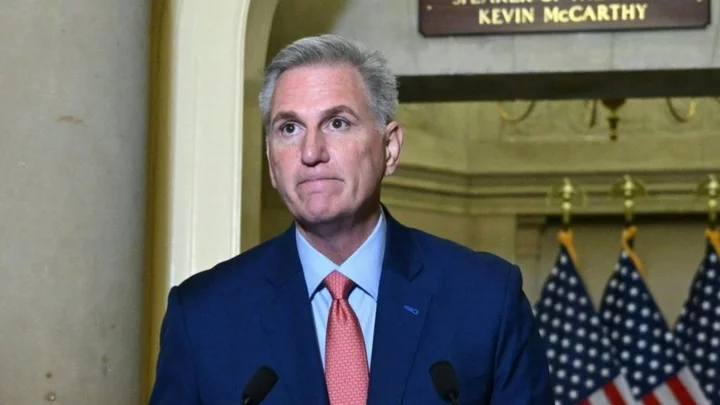
House of Representatives to open Biden impeachment inquiry, Kevin McCarthy says
Senior Republican Kevin McCarthy says the inquiry will investigate allegations of abuse of power.
2023-09-13 00:48
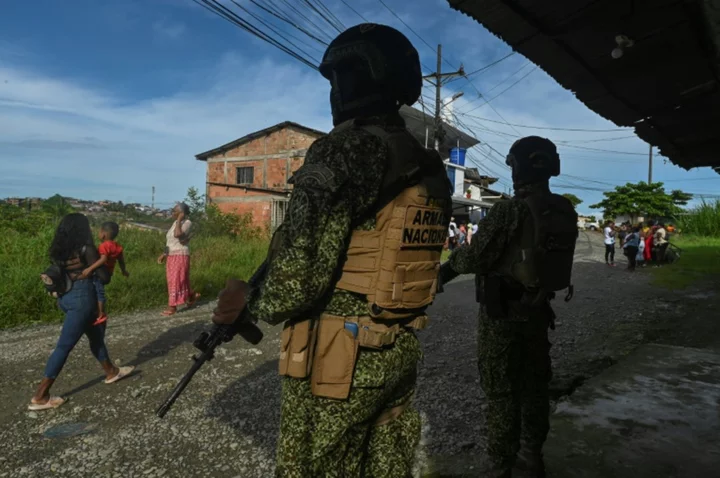
'Forgotten' Buenaventura on edge as Colombian peace efforts drag on
Young members of the Shottas gang, responsible for dozens of deaths in Colombia's impoverished port city of Buenaventura, are at work rebuilding a football pitch during a...
2023-07-18 20:49

Chelsea transfer rumours: Lukaku asking price set; Fofana offered to Bayern Munich
Latest Chelsea transfer rumours, with updates on Romelu Lukaku, Wesley Fofana, Christian Pulisic, Gabri Veiga & more.
2023-06-30 00:23

Study quantifies link between greenhouse gases, polar bear survival
Polar bears have long symbolized the dangers posed by climate change, as rising temperatures melt away the Arctic sea ice which...
2023-09-01 02:27
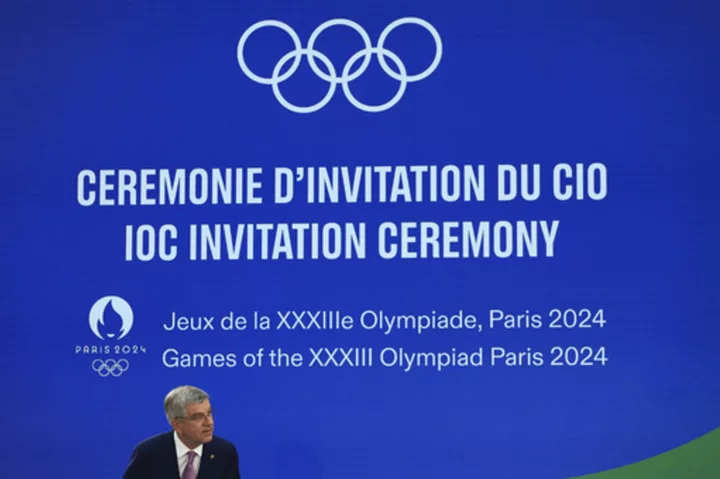
Olympic president invokes John Lennon's memory as Paris marks 1-year countdown to war-clouded Games
The president of the International Olympic Committee has formally invited the world’s nations but not Russia or its military ally Belarus to gather in one year in Paris for the 2024 Games
2023-07-26 23:48
You Might Like...
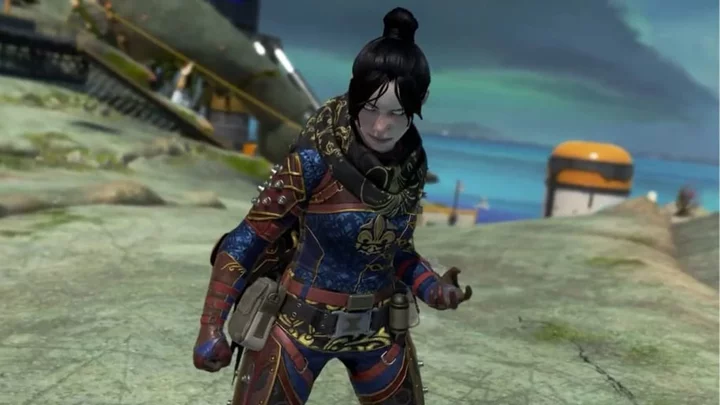
Most Overpowered Weapons and Legends for Apex Legends Season 19
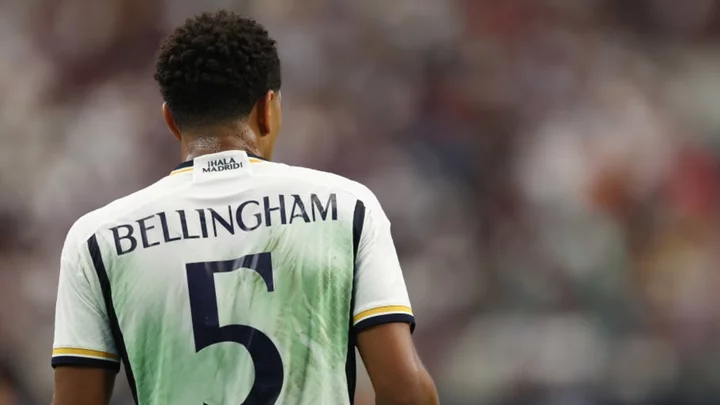
Revealed: How Jude Bellingham signing has impacted Real Madrid shirt sales
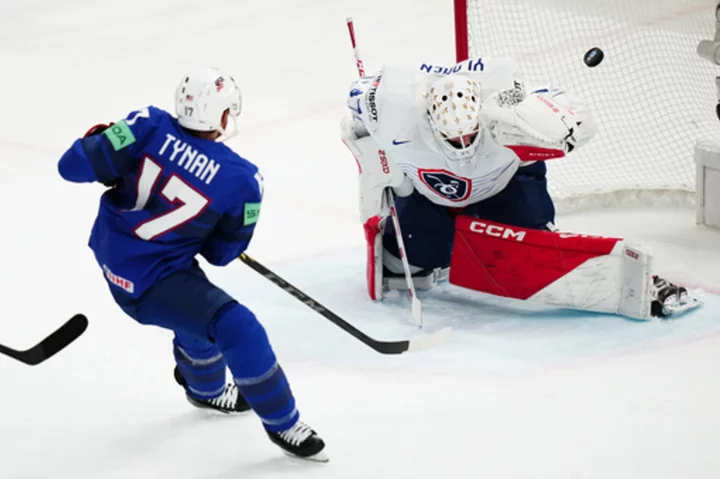
US routs France 9-0 to stay perfect at ice hockey worlds

Cricket World Cup 'most watched' in India

Trump is not a spy. Why is he charged under the Espionage Act?

UK retailer Tesco sees early signs of easing inflation

Making World Cup debut 'crazy' for US rising star Thompson
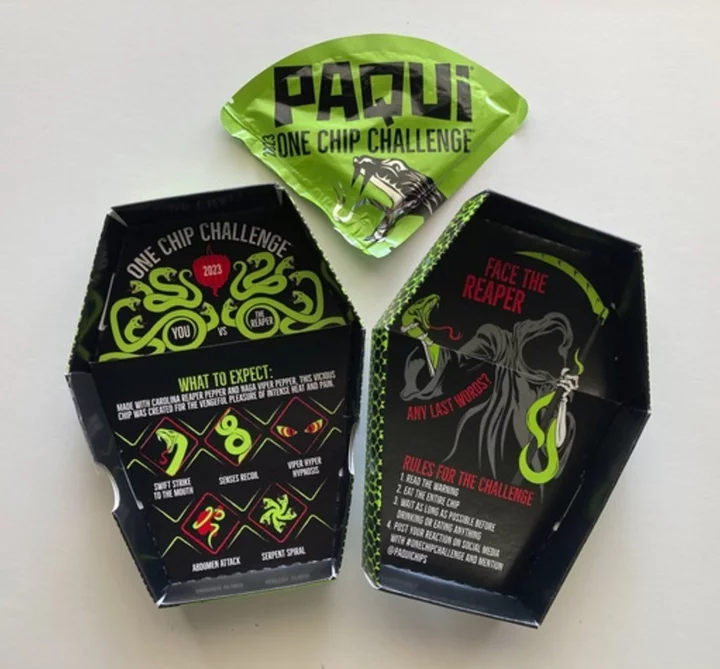
Spicy food challenges have a long history. Have they become too extreme?
